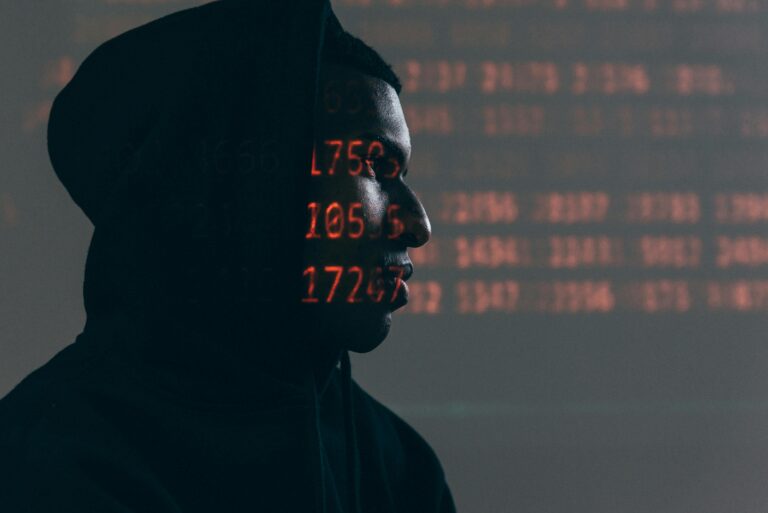What is multi-factor authentication (MFA)? In today’s digital age where cybercrime is on the rise, the need for strong security measures to protect our personal information has become paramount. Multi-factor authentication (MFA) is a cybersecurity technique that adds an extra layer of security to the login process, making it significantly more difficult for unauthorized individuals to gain access to sensitive data.
Traditional authentication methods rely solely on a single factor, typically a password, for user verification. However, passwords can be easily compromised through various means such as brute-force attacks or phishing attempts. This is where MFA comes into play. It enhances security by requiring users to provide multiple credentials before granting access, ensuring that even if one factor is compromised, the chances of unauthorized access are dramatically reduced.
MFA typically involves a combination of three factors: something you know, something you have, and something you are. The “something you know” factor is usually a password or a PIN. This is a common and widely used authentication method. However, MFA takes it a step further by incorporating additional factors.
The “something you have” factor refers to possession of a physical object, such as a smart card, a hardware token, or a mobile device. These objects generate time-based one-time passwords (TOTPs) that are synchronized with the authentication server. When logging in, users are prompted to enter the TOTP generated by their device along with their password. This adds an additional layer of security, as even if someone were to obtain a user’s password, they would still need the physical object to generate the correct TOTP.
The third factor, “something you are,” is based on biometric data. This can include fingerprints, voice recognition, iris or facial scanning, or even a user’s unique typing patterns. Biometric authentication adds an extra level of security since it is difficult to replicate or spoof someone’s unique biological characteristics.
The concept of MFA emerged as a response to the increasing sophistication of cyber attacks. Hackers are constantly devising new ways to bypass security measures, making it crucial for individuals and organizations to adopt stronger identity verification processes. By requiring additional factors, MFA significantly reduces the chances of unauthorized access. Even if a hacker manages to obtain a user’s password, it becomes extremely challenging for them to overcome the other authentication hurdles.
With the proliferation of online services and the growing threat landscape, MFA has become increasingly common across various industries. Many leading technology companies, financial institutions, and government agencies have implemented MFA to protect their systems and users’ sensitive information. Furthermore, regulatory bodies such as the Payment Card Industry Data Security Standard (PCI DSS) and the General Data Protection Regulation (GDPR) now require organizations to adopt stronger authentication methods, pushing the adoption of MFA even further.
In conclusion, multi-factor authentication (MFA) is a critical security measure that enhances the login process by requiring users to provide multiple credentials. By combining factors such as passwords, physical objects, and biometric data, MFA significantly strengthens security and reduces the risk of unauthorized access. As cyber threats continue to evolve, adopting MFA is essential for individuals and organizations to protect sensitive data in an increasingly digital world.



